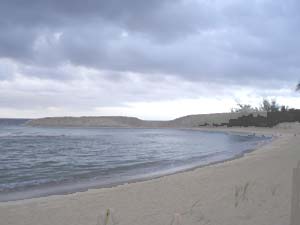Memo to Future Deputies
Tuesday, November 4th, 2008Congratulations. Here are ten suggestions from a former Deputy:
1. Be your agency’s Chief Operating Officer. No one else has the scope of authority to do this job.
2. Listen. Within the first 15 days interview 10 to 20 people who know the agency well. Ask them:
- What are the best things about the agency?
- What are the top few things that should be changed?
- Who are the most respected people in the agency? (Make sure you interview these people.)
- If you were in my shoes, what would you work on?
- What are the major obstacles to successfully finishing the work you suggest and how can they be overcome?
3. Plan. Take what you learned from the interviews to your boss. With your boss, write down what you will accomplish in your first year. Include items 4 through 8 below. Include specific mid-term goals. This is your personal performance plan. Your inbox will relentlessly try and knock you off your plan. Don’t let it.
4. Learn. Have key agency performance measures reported to you at least every quarter (shoot for every week). The measures must reflect the President’s priorities. After two reporting cycles you will know more about the agency than anyone else.
5. Get help. Establish a team that can help you interpret the performance data. They should look for trends, anomalies, and best practices.
6. Manage. Regularly meet with the head of every major office (e.g., the Under Secretaries) to review the office’s performance. Use performance data to improve operations, formulate budgets and make policy decisions. Measures for reporting don’t mean much. Measures for managing are vital.
7. Motivate. Link awards, promotions, pay increases, bonuses, and other recognition to the agency’s performance. Personally recognize people who exceed expectations.
8. Show the world. Publicly release performance data at least every quarter (shoot for every week). Accountability is your best friend.
9. Be honest. In Washington DC, reputation is the coin of the realm.
10. Have a blast.
One last thing, if a former Deputy calls, always take the call.

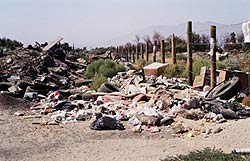 The Torres Martinez Reservation in southern California has historically been a magnet for illegal dumping. With rapid development in the area, large migrant worker population, and commercial agricultural operations, the open land of the reservation was seen as an easy place to dump illegally. The problem became so bad that operators on the reservation started collecting money to accept waste on their property, creating environmental and human health hazards from ill-managed and exposed dumps, which often caught on fire. The business school concept of “maximize profit and minimize cost” needed to change to “maximize human health and minimize harm to the environment”.
The Torres Martinez Reservation in southern California has historically been a magnet for illegal dumping. With rapid development in the area, large migrant worker population, and commercial agricultural operations, the open land of the reservation was seen as an easy place to dump illegally. The problem became so bad that operators on the reservation started collecting money to accept waste on their property, creating environmental and human health hazards from ill-managed and exposed dumps, which often caught on fire. The business school concept of “maximize profit and minimize cost” needed to change to “maximize human health and minimize harm to the environment”.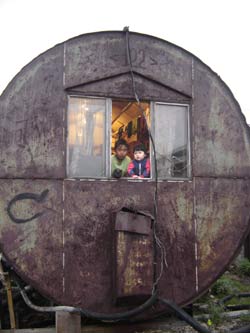
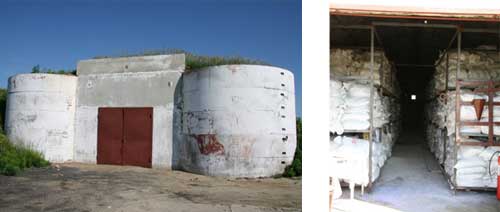
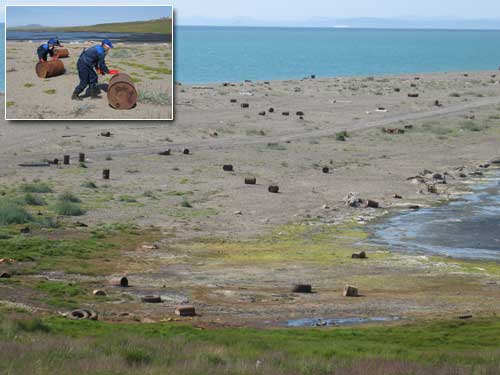
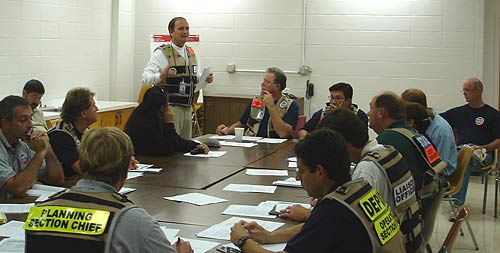
 Each week we write about the science behind environmental protection.
Each week we write about the science behind environmental protection. 